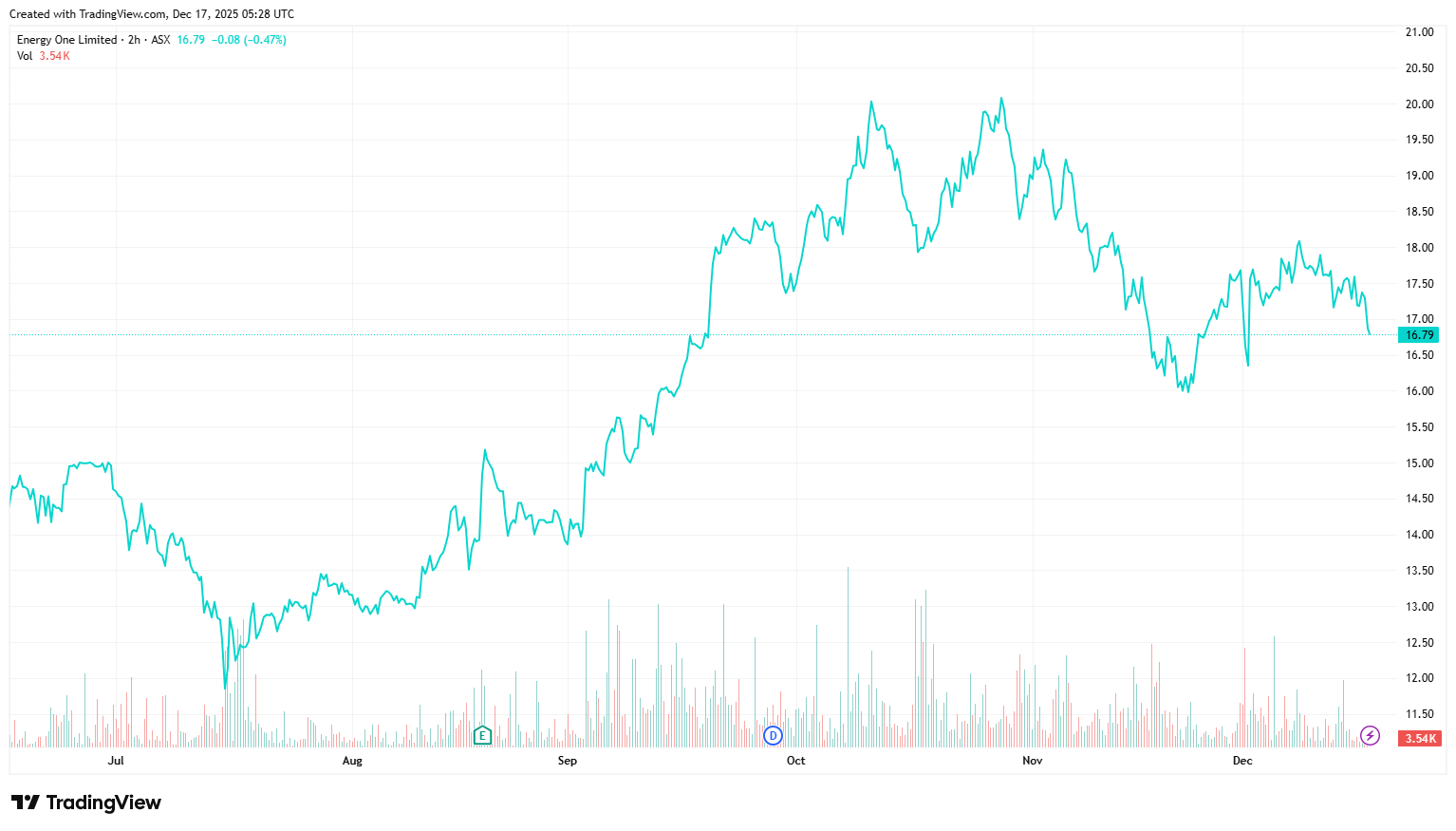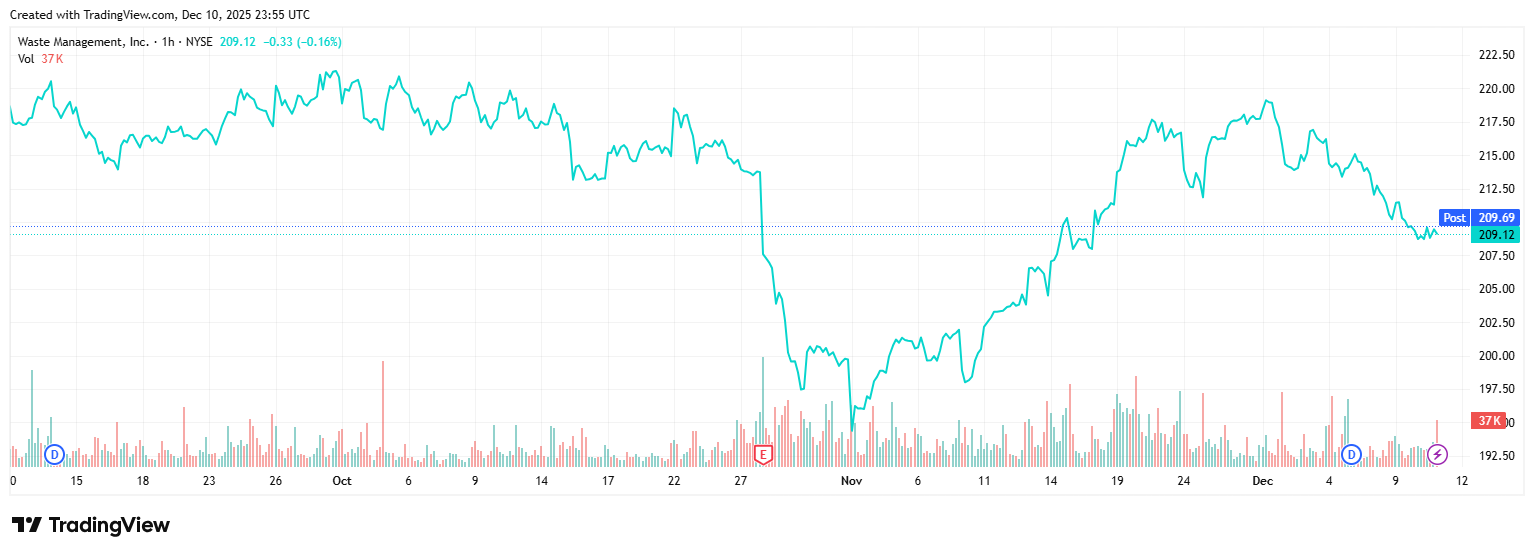Understanding Bitcoin Halving: A Definitive Guide
Bitcoin, the world's first decentralised digital currency, operates on a unique monetary policy that sets it apart from traditional fiat currencies. At the core of this policy is an event known as "Bitcoin Halving." In this article, we'll delve into what Bitcoin Halving is, why it's significant, and its implications for the Bitcoin network and its users.
What is Bitcoin Halving?
Bitcoin Halving is a pre-programmed event built into the Bitcoin protocol that occurs approximately every four years or after every 210,000 blocks mined. During this event, the reward that miners receive for validating transactions and adding them to the blockchain is halved. Initially set at 50 bitcoins per block in 2009, it halved to 25 in 2012, then to 12.5 in 2016, and so on. The most recent halving took place in May 2020, reducing the reward to 6.25 bitcoins per block.
The next halving is expected to occur between April 19th and April 20th 2024, when the block reward will fall to 3.125 BTC.
As of March 2024, approximately 19.65 million bitcoins were in circulation, leaving roughly 1.35 million bitcoins yet to be released through mining rewards.

Why Does Bitcoin Halving Matter?
Bitcoin Halving is a crucial aspect of Bitcoin's design for several reasons:
- Supply and Demand Dynamics: Bitcoin Halving reduces the rate at which new bitcoins are generated, effectively decreasing the rate of inflation. This event enforces scarcity, akin to the mining of precious metals like gold. With a fixed supply cap of 21 million bitcoins, halving events slow down the creation of new coins, making Bitcoin a deflationary asset.
- Market Dynamics: Historically, Bitcoin Halving has been associated with significant price movements. The anticipation of reduced supply often leads to increased demand, which can drive up the price. However, this is not a guaranteed outcome, and market dynamics can be influenced by various factors, including speculation, investor sentiment, and macroeconomic conditions.
- Miner Incentives: Bitcoin mining is the process by which new bitcoins are created and transactions are validated. Miners invest computational power and resources in exchange for block rewards and transaction fees. Halving events directly impact miners' revenue, as their rewards are halved. This can affect the profitability of mining operations and may lead to changes in the hash rate—the total computational power securing the network.
Implications of Bitcoin Halving
Understanding the implications of Bitcoin Halving is essential for participants in the Bitcoin ecosystem:
- Price Volatility: Bitcoin's price has historically experienced significant volatility around halving events. While some investors see halving as a bullish signal due to reduced supply issuance, others may view it as an opportunity for profit-taking, leading to price fluctuations.
- Mining Economics: For miners, halving events directly impacts profitability. With reduced block rewards, miners must rely more on transaction fees to sustain their operations. This can lead to increased competition among miners and may result in some less efficient operations becoming unprofitable and shutting down.
- Long-Term Scarcity: As Bitcoin Halving continues, the rate of new bitcoin creation asymptotically approaches zero. This gradual reduction in supply issuance reinforces Bitcoin's status as a scarce asset over time, potentially increasing its value as a store of value and hedge against inflation.
Bitcoin Halving is a fundamental aspect of Bitcoin's monetary policy, designed to manage its supply and ensure its long-term sustainability. By reducing the rate of new bitcoin creation, halving events enforce scarcity and contribute to Bitcoin's value proposition as a digital gold. Understanding the implications of halving events is crucial for investors, miners, and enthusiasts alike, as they shape the dynamics of the Bitcoin ecosystem and influence its future trajectory.
Subscribe to our newsletter
Disclaimer: This article does not constitute financial advice nor a recommendation to invest in the securities listed. The information presented is intended to be of a factual nature only. Past performance is not a reliable indicator of future performance. As always, do your own research and consider seeking financial, legal and taxation advice before investing.











